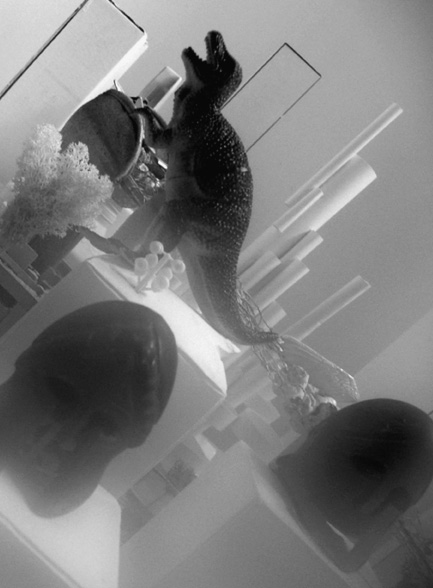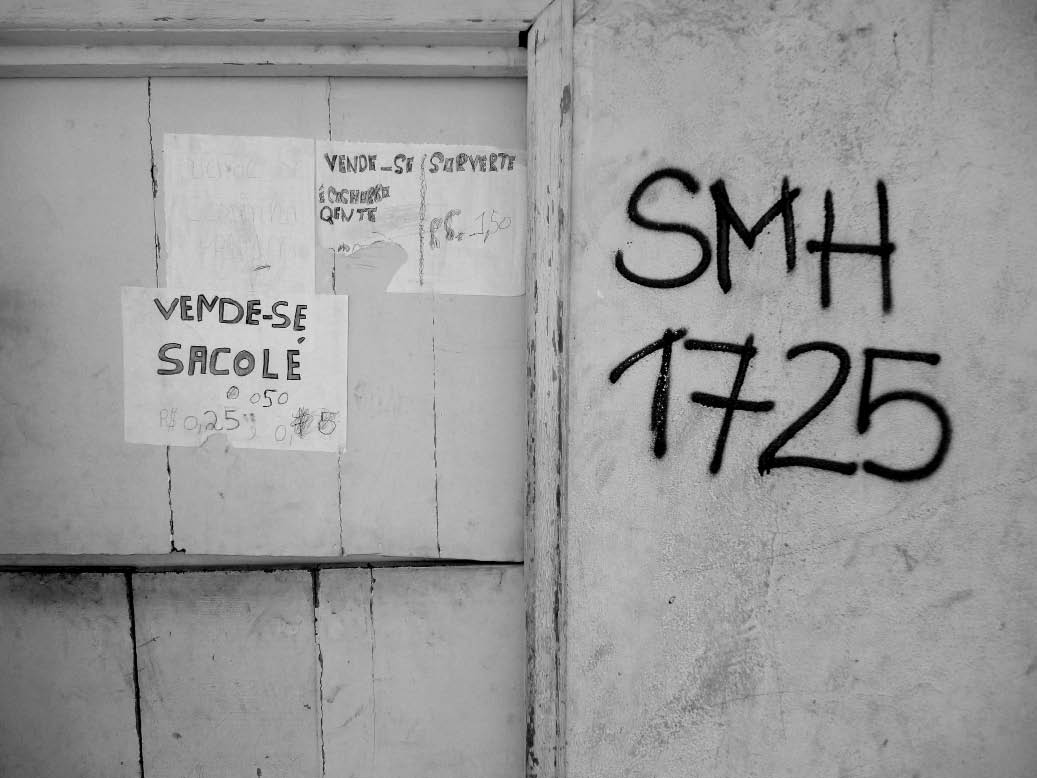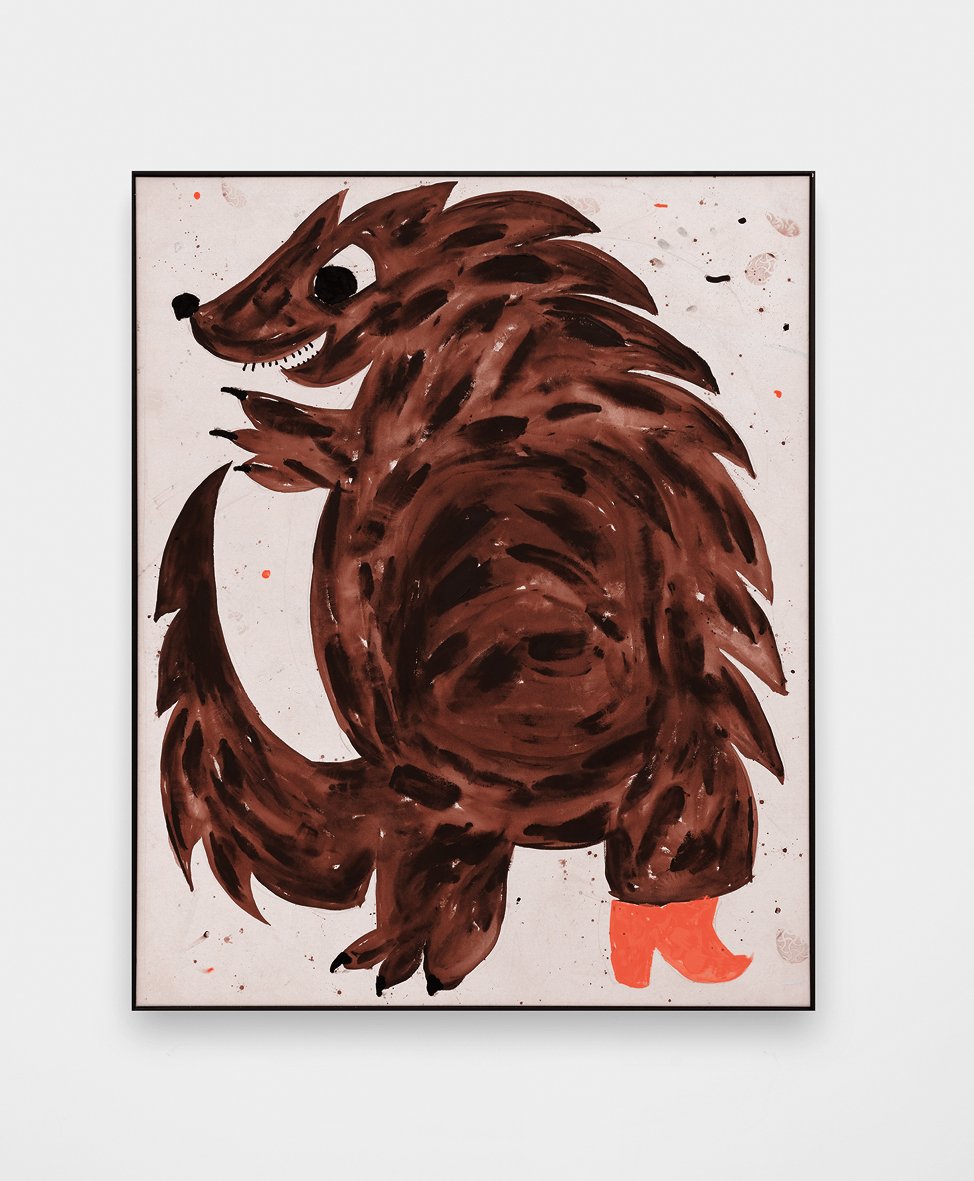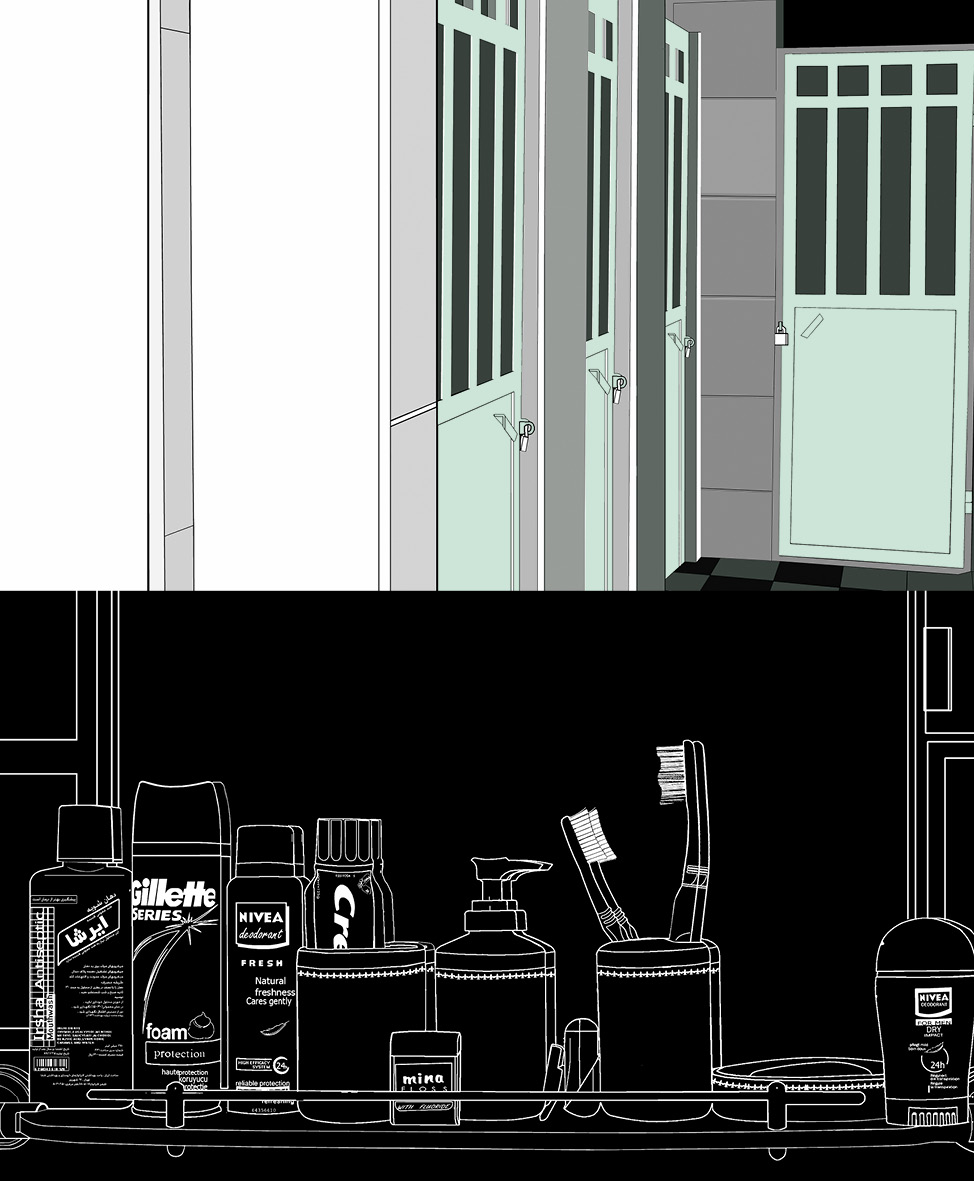Depuis la fin des années 1980, la reconnaissance croissante, sur les scènes « globales » de l’art, d’artistes contemporains d’origine africaine, longtemps négligés, a largement été coupée – en France particulièrement – de la réception de ressources discursives et pensées théoriques sur l’art, venues d’Afrique. Cet article s’intéresse à l’émergence dans les années 1990, d’un « nouveau discours africain » porté par une génération de commissaires, historiens et théoriciens de l’art, qui aura choisi, en premier lieu, de réévaluer les modernités artistiques africaines. Il met en relief la géographie paradoxale de cet « espace discursif africain », où plusieurs spatialités se superposent (celles de discours très mobiles – portés par des revues d’histoire et théorie de l’art, plateformes curatoriales ou éducationnelles nomades, basées dans les métropoles de la diaspora ou implantées sur le continent le temps d’une biennale – et de revues, institutions académiques, centres d’art, musées continentaux plus enracinés).
Art Historiographies from Africa
Since the late 1980s, the growing recognition, on the global art scene, of long neglected contemporary artists of African origin went hand in hand with an exaltation of multiculturalism, erasing the borders which divide the art world. The reception granted to these artists, in particular in France, was severed from the reception of the theoretical resources which reframed art from an African perspective. This article introduces a wider project of translation of historiographic discourses and African views on art, documenting the emergence, in the 1990s, of a “New African discourse” on art, carried by a generation of curators, historians and theorists who chose to reevaluate the various trends of modern African art.







